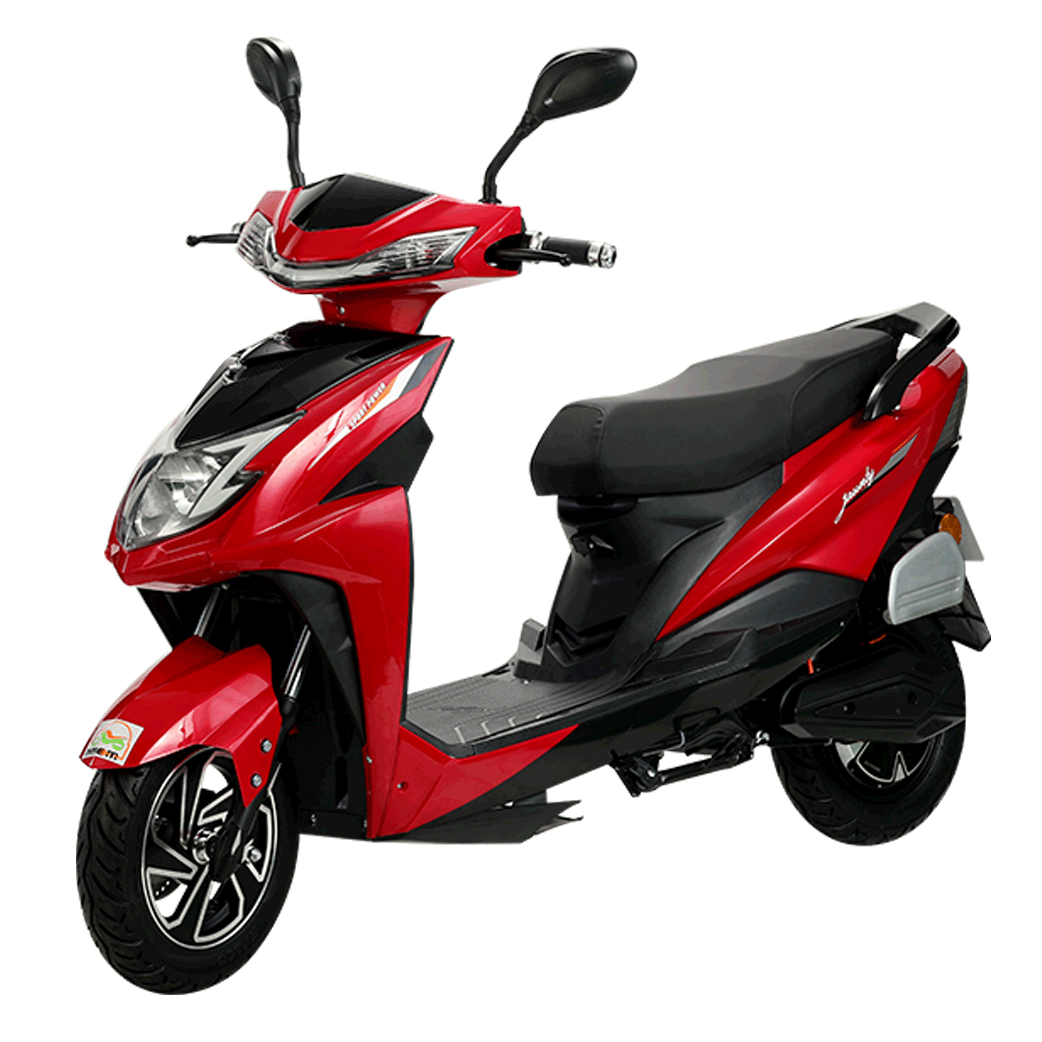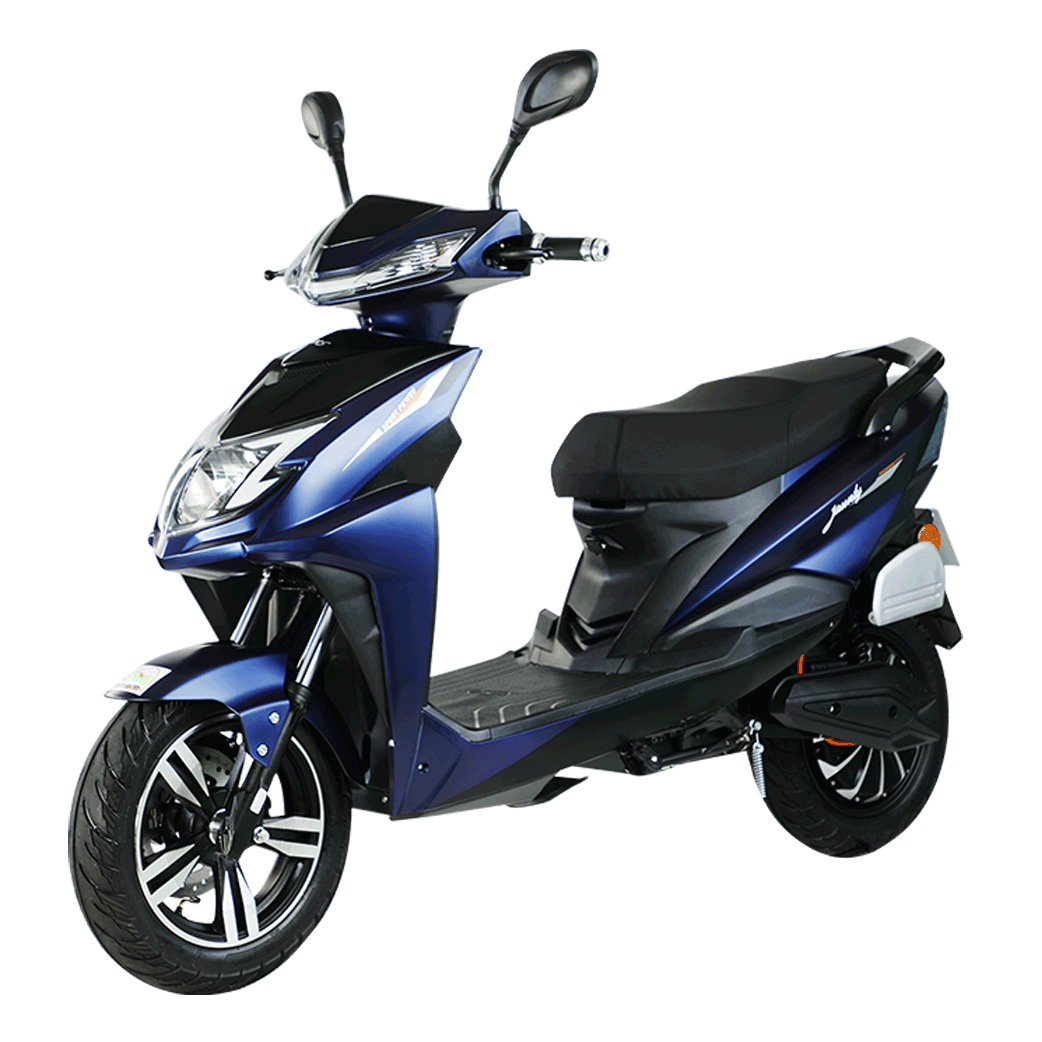In India, electric scooters are now extremely well-known, and the majority of people there believe that they were only invented recently. But it isn't really the case. Electric mobility and electric vehicle technology have captivated inventors and academics for ages. This article will surely be helpful to you if you want to learn more about these amazing electric machines or the history of electric scooters.
Origin of electric scooters || Concept of EV scooters
It's simple to believe that the commonly used e scooty or ebikes in India are a product of the twenty-first century given its futuristic features. Unexpectedly, the first practical battery scooty or battery scooter was copyrighted in 1895, which may be really shocking to some.
Basically, back then electric bicycle was the first concept rather than e scooters. According to patent reports, Ogden Bolton Jr. acquired the first copyright on a battery-powered bicycle on December 31, 1895. It featured a 6-pole brush-and-commutator direct current (DC) hub motor located in the back wheel. The electric bike owned by Bolton looks like this.
However, some claim that the technology for battery energy harvesting and electric motors existed far earlier. The early pioneers in electric motors were Benjamin Franklin and Andrew Gordon. They began their work in 1740 and experienced some early success. When it came to developing workable batteries that could serve as a consistent source of power for electric motors, Italian physicist Alessandro Volta was responsible. Although the first batteries were not very strong and could not deliver much power, they paved the way for improvements in battery and electric motor technology.
 Too many inventors and innovators emerged between 1800 and 1900, and the west was continually producing new e mobility technologies and products. In the same period, electric tricycles also emerged as a practical form of transportation alongside electric bicycles.
Too many inventors and innovators emerged between 1800 and 1900, and the west was continually producing new e mobility technologies and products. In the same period, electric tricycles also emerged as a practical form of transportation alongside electric bicycles.
Concepts of electric scooters during the 1800-1900s
Gustave Trouvé built the first tricycle in 1881, and William Edward Ayrton and John Perry improved it the following year. Their electric mobility cart had a top speed of 14 km/h and a range of 40 km. Their tricycle has a little wheel at the back and two large wheels up front. Limited speed and range were not a concern, but the developers focused primarily on quality and efficiency.
Ayrton & Perry’s Three-Wheeler EV
At the Stanley Cycle Show in 1896, Humber, a forerunner in the British bicycle industry, displayed the first electric dual bicycle in which lead-acid batteries were used making them big and weighty.
While early electric bicycle designs may seem absurd to you in 2021, back in the old days, they were given serious consideration as an electric mobility substitute.
Although these early designs had no weaknesses and faced no competition, many auto analysts thought they were too expensive to succeed and might have a few minor technical issues that would prevent their wide acceptance.
During the 1900s, better aerodynamics in battery bikes and EV scooters emerged
An electric motorbike prototype with a sidecar housing the battery was created in 1919 by Ransomes, Sims, and Jefferies, a notable manufacturer of agricultural machinery in the United Kingdom. Following that, models of the Autoped and Mutoped as well as gas-powered vehicles gained popularity.
The real fun began just before the turn of the century when French innovator Maurice Limelette (founder of SOCOVEL) constructed his own electric scooty in 1941 to address issues related to fuel rationing under German occupation.
 The scooter not only ran without petrol, but it was also quite light, which caught the attention of the German forces right away. Despite the high cost of the machines, SOCOVEL was able to create and sell over 400 in the first year.
The scooter not only ran without petrol, but it was also quite light, which caught the attention of the German forces right away. Despite the high cost of the machines, SOCOVEL was able to create and sell over 400 in the first year.
Maurice Limelette’s Socovel Moto 2
The production and introduction of new ebike models were substantially aided by the increasing acceptance of scooters as daily commuter vehicles and the green movement.
One of the co-inventors of the alkaline battery, Austrian chemist Karl Kordesch, created a fuel cell/nickel-cadmium battery hybrid electric motorbike in 1967. The ebike was later modified to operate on a hydrazine fuel cell.
The Papoose was the first EV bike prototype produced by Floyd Clymer, an Indian brand racing driver and trailblazer who was named into the Motorcycle Hall of Fame in 1998.
Big innovations in battery scooters and EV bikes are now more common
The City Bike is a commuter ebike that was first launched in 1975 by American entrepreneur and racer Mike Corbin. The bike could travel 64 km at a top speed of 48 kmph with three lead acid batteries. On his custom-built EV bike, the Quick Silver, Corbin, earlier in 1974, reached a speed of 266.165 kmph, breaking the previous record for electric motorcycles.
Mike Corbin’s Quick Silver
The Scoot'Elec, an electric battery scooter, was initially commercialized by Peugeot in 1996. The battery or battery scooter, which can travel 40 km on a charge and has a top speed of 45 kmph, has been manufactured in large quantities for ten years. . The Scoot'Elec was a very significant advancement despite being rather hefty and not environmentally friendly.
Scoot’Elec by Peugeot
There were still plenty of other electric mobility models that appeared as well, but most of them remained in the workshops because finance was a significant issue at the time.
Private entrepreneurs persisted in their EV exploration up until the 1990s, but no significant advancement was made because there were no more sophisticated batteries that could store more energy and provide greater mileage.
 After Li-ion batteries were discovered, the industry sprang into action, and as a result, more and more advanced battery bikes and EV scooters were introduced. The modern EV scooters are not only more user-friendly than their antiquated ancestors, but also have higher mileage.
After Li-ion batteries were discovered, the industry sprang into action, and as a result, more and more advanced battery bikes and EV scooters were introduced. The modern EV scooters are not only more user-friendly than their antiquated ancestors, but also have higher mileage.
Numerous firms like AMO Electric Bikes, Yobykes, Ather Energy, and Ola have developed in India along with major EV manufacturers like Hero Electric, Bajaj, and TVS. These startups have had incredible success with their electric two-wheelers.
EV startups are currently moving along at a good pace to deliver both quality and cost-effectiveness. Their behavior increased in a manner akin to that of producers of petrol cars who developed a robust marketing strategy to connect with consumers. Foreign investors recognize that there is a lot of potential for electric two-wheelers in India, which is why there is a lot of FDI going into the country's EV market.
If the pattern continues, India can soon become a global hub for electric two wheelers like e-scooters, battery bikes, etc.
If you are looking to buy an electric scooter with a high range and minimal maintenance, then visit your nearest EV scooter showrooms.
© AMO Mobility Solutions Pvt. Ltd, All Rights Reserved | Powered by Amo Electric Bikes